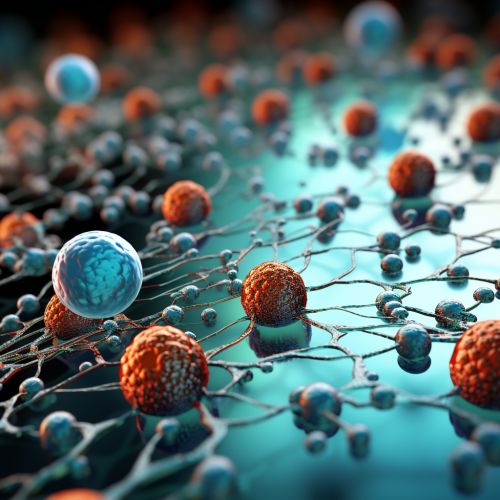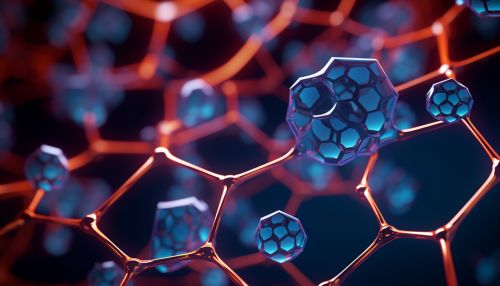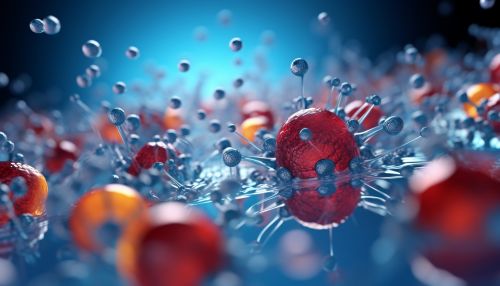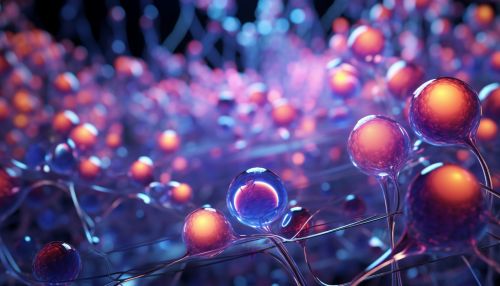Nanomedicine
Introduction
Nanomedicine, a subfield of nanotechnology, is the application of nanoscale materials and devices in the diagnosis, treatment, and prevention of diseases. It is an interdisciplinary field that combines aspects of medicine, physics, chemistry, and biology with the goal of improving human health. Nanomedicine holds the promise of revolutionizing medicine, offering solutions to many of the challenges faced in modern healthcare.


History and Development
The concept of nanomedicine was first proposed in the late 20th century, with the advent of nanotechnology. The term "nanomedicine" was coined by Robert A. Freitas Jr., a researcher and author who has contributed significantly to the field of nanotechnology. Freitas envisioned a future where medical treatments could be conducted at the molecular level, using nanoscale devices and materials.
Nanomaterials in Medicine
Nanomaterials, materials with dimensions on the nanoscale (1-100 nanometers), are the building blocks of nanomedicine. These materials can be engineered to interact with biological systems at the molecular level, with a high degree of specificity. This allows for targeted drug delivery, improved imaging techniques, and the potential for personalized medicine.


Nanoparticles
Nanoparticles are a type of nanomaterial commonly used in nanomedicine. They can be made from a variety of materials, including metals, polymers, and lipids. Nanoparticles can be engineered to carry drugs, proteins, or genetic material into specific cells. This allows for targeted therapy, reducing the side effects associated with traditional drug delivery methods.
Nanofibers
Nanofibers are another type of nanomaterial used in nanomedicine. These fibers can be used in tissue engineering, a field that aims to develop functional tissues to replace or repair damaged ones. Nanofibers can mimic the extracellular matrix, the network of proteins and carbohydrates that provide structural and biochemical support to cells. This makes them ideal scaffolds for tissue engineering.
Applications of Nanomedicine
Nanomedicine has a wide range of applications, from diagnostics to therapeutics, and from tissue engineering to regenerative medicine.


Diagnostics
In diagnostics, nanomedicine can improve the sensitivity and speed of disease detection. Nanoparticles can be engineered to bind to specific biomarkers, allowing for early and accurate detection of diseases. Moreover, nanoscale devices can be used to monitor the progression of diseases and the effectiveness of treatments.
Therapeutics
In therapeutics, nanomedicine offers the potential for targeted drug delivery, reducing the side effects associated with traditional drug delivery methods. Nanoparticles can be engineered to carry drugs, proteins, or genetic material into specific cells. This allows for targeted therapy, potentially improving the effectiveness of treatments.
Tissue Engineering and Regenerative Medicine
In tissue engineering and regenerative medicine, nanomaterials can be used to develop functional tissues to replace or repair damaged ones. Nanofibers can mimic the extracellular matrix, providing structural and biochemical support to cells. This makes them ideal scaffolds for tissue engineering.
Future of Nanomedicine
The future of nanomedicine is promising, with ongoing research and development in the field. As our understanding of nanomaterials and their interactions with biological systems improves, so too will our ability to diagnose and treat diseases at the molecular level. However, there are still many challenges to overcome, including the potential toxicity of nanomaterials, the complexity of biological systems, and the need for more effective delivery systems.


